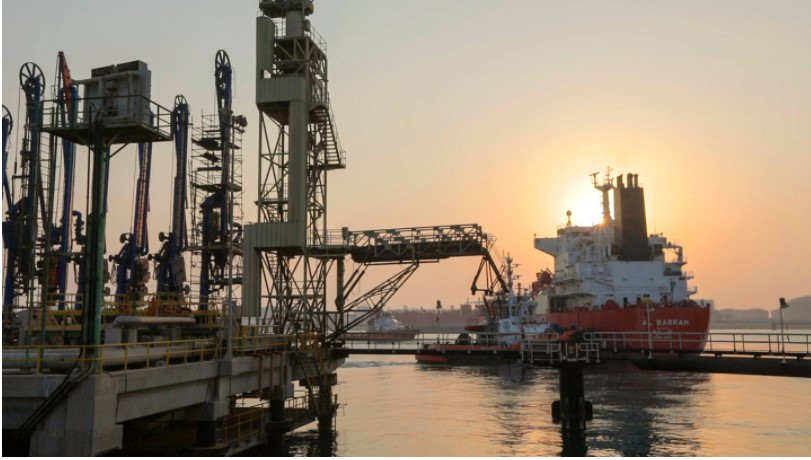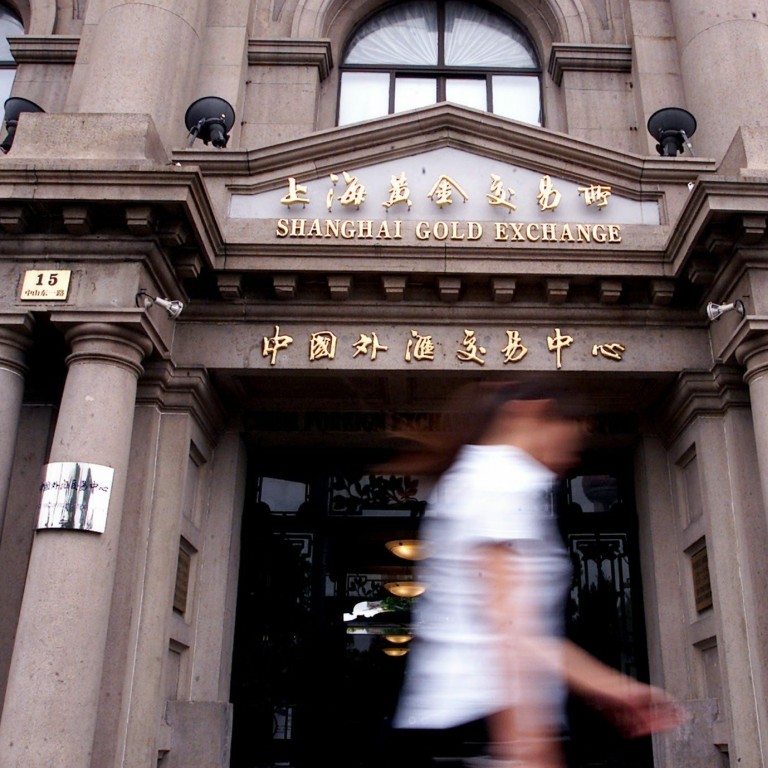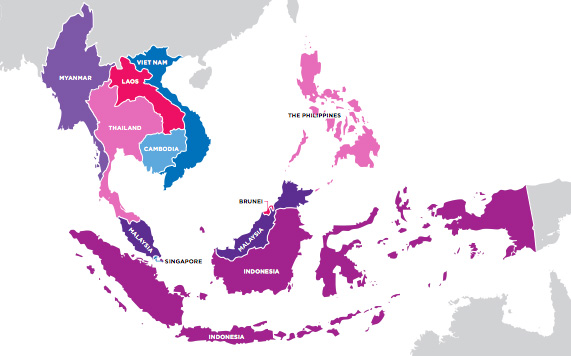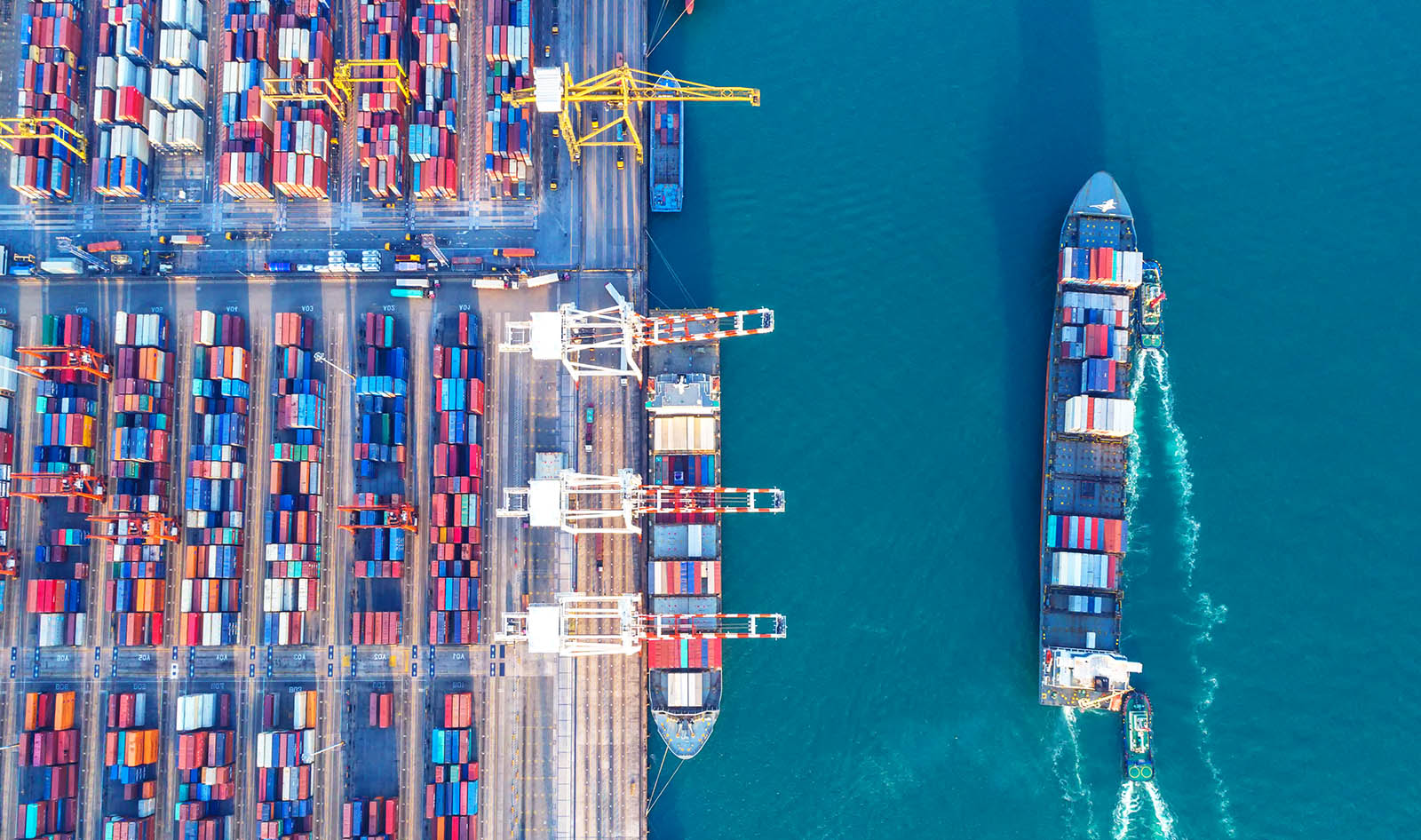Foreign Investment Could Double By 2020, Positive For Global Growth
While still a confusing concept to some in the West, China’s ‘One Belt, One Road’ (OBOR) initiative – launched three years ago – is now gaining significant traction.
The ambitious project – effectively linking trade in around 60 Asian and European countries along a new Silk Road – is China’s most important strategic initiative and a crucial component of President Xi’s foreign policy.
China has now signed project contracts worth USD926 billion with over 60 countries along OBOR. A series of cross-border infrastructure projects are in construction, such as a new China-Laos railway, a highway in Pakistan and a port in Vietnam.
China’s infrastructure projects will expand quickly to more countries and regions
So far, China’s infrastructure projects are mainly in Southeast and Western Asia, but we believe they will expand quickly to more countries and regions. We also expect more Chinese companies and private funds to join OBOR projects in the future, provided the government-led projects prove successful.
Becoming A Major Capital Exporter
Already, the OBOR initiative has boosted trade and investment considerably. Trade between China and countries along the land and sea-based routes exceeded USD1 trillion in 2015, a quarter of China’s total trade value. China’s exports to OBOR countries now exceed those to the US and the European Union (China’s top two export destinations), and the gap is widening.
China has developed over 50 overseas economic and trade cooperation zones with countries along OBOR, and has expanded its free trade zones trial from four to seven provinces, including inland regions, which will help push OBOR investment projects, simplify cross-broader transactions and improve trade liberalisation.
OBOR has also accelerated China’s shift from being the world’s biggest goods exporter to becoming a major capital exporter. China’s outbound direct investment (ODI) to countries along OBOR grew 23.8 percent year-on-year in 2015, and was up 60 per cent year-on-year in the first half of this year. We expect China’s cumulative non-financial ODI to reach an impressive USD2 trillion by 2020, more than a doubling of end-2015 levels.
Rallying The Renminbi
Another important effect of OBOR is internationalization in the Chinese currency. So far, China has expanded its bilateral local-currency swap programs to 21 countries along OBOR, granted renminbi quotas to institutional investors in seven countries, and set up renminbi settlement banks in eight countries. These steps have helped renminbi trade settlement increase to more than 25 per cent of China’s trade in early 2016, from a mere 5 per cent at the beginning of 2012. Renminbi trade settlement is set to be boosted further as Chinese companies pursue opportunities along OBOR.
New financing mechanisms, set up by China, demonstrates the leadership’s strong commitment to OBOR. China has encouraged commercial banks, quasi-official regional cooperation funds and private capital to participate in OBOR projects, to boost limited official resources and make projects more commercial.
The Asia Infrastructure Investment Bank, New Development Bank and Silk Road Fund, together with China’s policy banks, have taken the lead and started to participate in cross-border investment projects.
About Lan Shen
Lan Shen joined Standard Chartered in 2009 and works on analysis of key economic and policy developments in China. She has grown to be a known expert on China, and produces regular reports on the country’s economy, while also focusing on what the Bank refers to as “strategically important areas”, including monetary policy, banking and real estate sector developments, foreign exchange reserve management, industrial profit trends, and financial-market development. She holds a Master’s degree in economics from Beijing’s the Capital University of Economics and Business.








